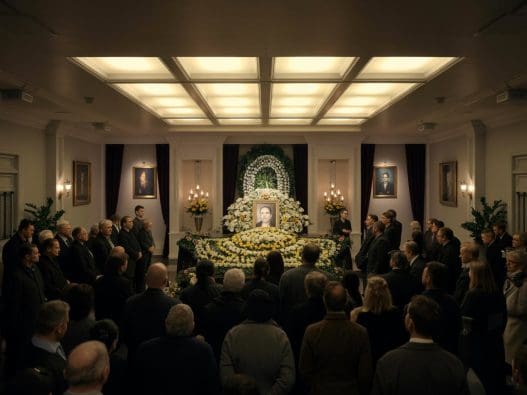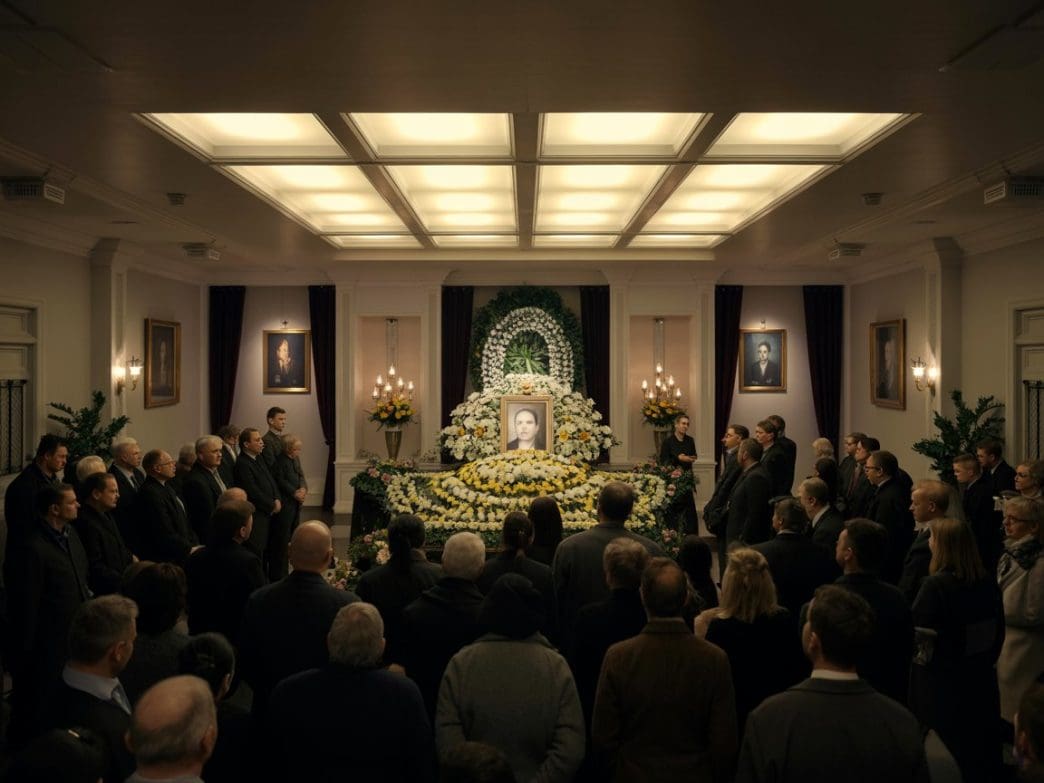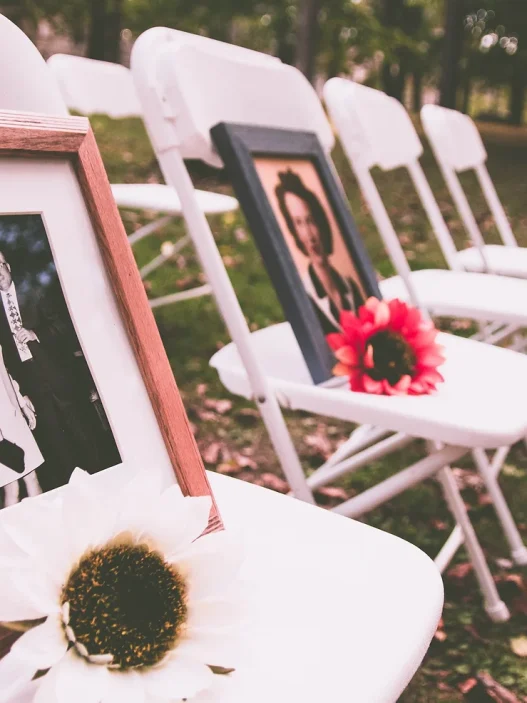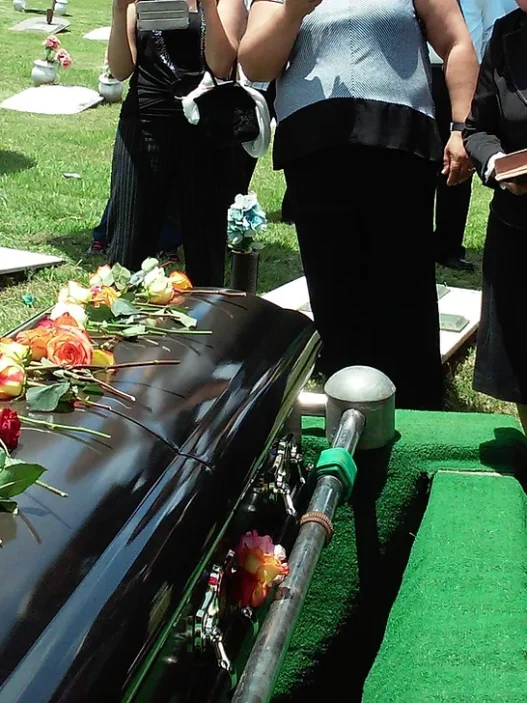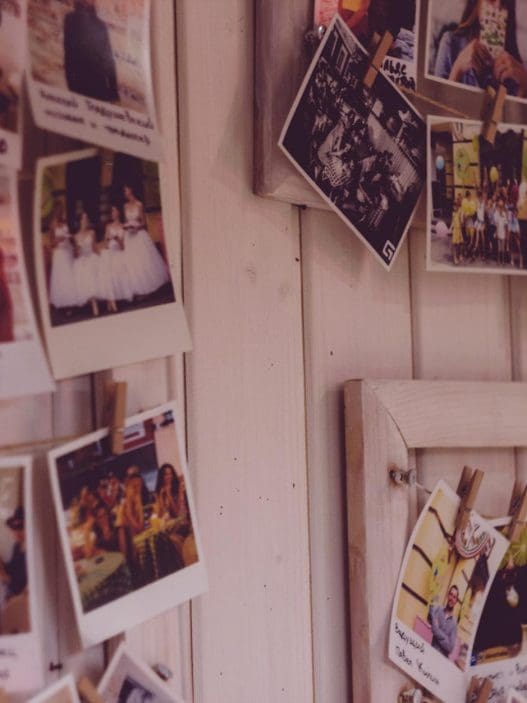Understanding the traditional family lineup and funeral visitation protocol etiquette during funerals, memorials, and celebrations of life is essential in 2025, especially as families continue to evolve in structure and beliefs. From religious ceremonies and visitation arrangements to culturally unique customs and blended family scenarios, knowing what is expected can help guests and family members honor the deceased respectfully. In this guide, we’ll break down the modern approach to funeral protocol visitation, address etiquette for divorced or complex family dynamics, and explore both traditional and contemporary customs across different cultures and faiths.
Funeral Context: Etiquette and Visitation Protocol
What Is Funeral Protocol Visitation?
Funeral protocol visitation refers to the established customs and social expectations around paying respects before the actual service. It includes viewing hours at a funeral home, greeting the family, and participating in any wake or prayer service. In 2025, these visitations often occur the evening before or the morning of the funeral and are structured around traditional values blended with more inclusive, modern practices.
The Purpose of Visitation
Visitation provides a structured opportunity for friends, extended family, and community members to offer condolences. It also allows the immediate family to receive emotional support before the funeral. In religious contexts, especially in Catholic and Orthodox traditions, prayers or rosaries may be held during this time. In secular settings, this might be a quieter gathering with photos, music, or memory tables. The funeral director usually guides the order and ensures that the event runs according to established etiquette.
Key Traditions: Structure, Religion, and Roles
The Traditional Family Lineup
At most services, family members are seated in a specific order, often in the front rows of the chapel or hall. The usual lineup is:
- Spouse or partner
- Children and their spouses
- Parents of the deceased (if living)
- Siblings and their families
- Grandchildren
- Extended family such as aunts, uncles, and cousins
If there is no surviving spouse, the oldest child often takes a lead role. Funeral visitation protocol follows this same structure during viewing hours, where immediate family members stand in a receiving line near the casket or urn.
Religious Services and Funeral Visitation Protocol
In religious funerals, such as Catholic, Protestant, Jewish, Muslim, or Hindu ceremonies, each has specific customs that impact the visitation and family roles:
- Catholic: A wake is often held with a rosary recited. Family sits near the casket during the visitation and greets attendees.
- Protestant: A viewing may be followed by a service with hymns and eulogies. The family lineup remains traditional, with prayers often led by a pastor.
- Jewish: Visitation may be shorter. The burial occurs quickly after death, and mourning continues during shiva. Guests traditionally say, “May their memory be a blessing.”
- Muslim: There is usually no public visitation with an open casket. Immediate burial is encouraged. Male family members may form a line for prayers during the janazah (funeral prayer).
- Hindu: Cremation often occurs within 24 hours. Visitors may attend the home and offer condolences before or after the ceremony, which includes specific rituals and family duties.
Understanding each tradition ensures proper participation and respectful support during visitation.
Unique Events & Cultural Customs for Funeral Visitation Protocol
African American Traditions
In many African American communities, funerals are celebratory homegoing services. Visitation may include gospel music, vibrant storytelling, and expressive grief. The family lineup remains central, with extended kin also taking part in the ritual. Dress codes often involve coordinated colors or shirts honoring the deceased.
Latinx and Catholic Influences
Latinx funerals usually include rosaries, open-casket viewing, and family-led prayers. Visitation may be longer and involve food, candles, and cultural symbols such as crosses or the Virgen de Guadalupe. Family etiquette includes hosting guests and showing collective strength.
Asian Customs
- Chinese funerals: Include burning incense and joss paper, with color-coded clothing based on mourning traditions.
- Filipino funerals: May last several days, combining Catholic mass with community support. Family members lead novenas and accept guests throughout the period.
Visitation is both a personal and spiritual act, and respecting these rituals shows deep cultural awareness.
Indigenous and First Nations
Visitation may involve smudging ceremonies, traditional songs, or sacred items. Elders and family elders typically guide the structure, and seating or roles are based on tribal customs. Silence, storytelling, and ritual gifts (such as tobacco or cloth) are common.
Family Line Up for Funeral Processional at the Service
The funeral processional is often a symbolic act that represents both respect and structure. The lineup for the processional generally follows this order:
- Funeral officiant or celebrant
- Pallbearers carrying the casket or leading with the urn
- Immediate family, starting with the spouse or partner, then children and their partners
- Parents of the deceased
- Siblings and their families
- Grandchildren
When arriving at the funeral service venue, this lineup often determines the order in which cars drive in procession, with the hearse leading. A funeral director or service coordinator helps position family members appropriately.
Family Seating Order at a Funeral
Funeral seating follows a traditional hierarchy. Immediate family members are seated in the front rows, closest to the casket or altar. These rows are usually reserved and clearly marked. The order typically goes:
- First row: Spouse or partner, then children (oldest to youngest)
- Second row: Parents and siblings of the deceased
- Third and fourth rows: Grandchildren, extended family, and close family friends
In more casual or blended arrangements, flexibility is allowed, but respect for hierarchy and sensitivity to emotional dynamics is encouraged.
Etiquette for Family Lineups at Funerals
Proper etiquette includes arriving on time, dressing modestly (typically black or dark clothing), and following the direction of the officiant and funeral director. Family members in the lineup are expected to greet guests, remain composed, and honor the traditions of the ceremony. In blended or divorced families, extra effort is made to ensure everyone feels included but respected.
Some additional etiquette rules include:
- No mobile phone usage during the service
- Avoid monopolizing the family’s attention
- Follow cues for when to stand, sit, or speak
Single or Divorced Parent Family Line Up Option
When the deceased is a single or divorced parent, the family lineup can require careful planning. Typically, the adult children of the deceased take the lead roles in both visitation and seating. If the deceased had a co-parent with whom they shared children, that parent may or may not be seated in the front row, depending on the nature of the relationship and input from the children.
- Adult children typically act as hosts during visitation and may give eulogies.
- If a current partner was present in the deceased’s life, they may be seated near the front, with the family’s approval.
- Former spouses should be included respectfully if the family agrees. If tensions exist, seating may be adjusted with buffers.
Funeral directors play a key role in mediating and organizing seating and processionals to maintain peace and dignity.
Blended Family Lineup Option
Blended families are common in 2025, and etiquette has adapted to reflect this reality. When there are stepparents, stepsiblings, or half-siblings, a collaborative approach is best.
- Biological children typically remain in lead positions unless the deceased had specifically designated someone else.
- Stepparents may be seated beside or behind the biological parent, depending on their role and relationship.
- Stepsiblings and half-siblings are treated as full family members unless stated otherwise.
Transparency, communication, and honoring the deceased’s wishes are the most effective ways to avoid conflict and establish a fair family lineup.
Who Stands in the Receiving Line at a Visitation?
The receiving line at a visitation includes those closest to the deceased and is often arranged as follows:
- Spouse or partner
- Children and their spouses
- Parents (if living)
- Siblings
In blended families, stepparents or long-term partners may be included with agreement. The purpose of the receiving line is to give attendees a way to express condolences to key family members. It is important to:
- Stand with calm presence
- Greet each guest politely
- Avoid long conversations
Guests should keep comments brief to allow others time to share their condolences.
Post-Funeral Etiquette & Funeral Visitation Protocol
After the funeral service, the family often hosts a gathering or reception. This may take place at a family home, church hall, or community center. Food is traditionally served, and guests are invited to share stories or memories. In 2025, many families are also blending modern memorial elements such as photo slideshows, memory jars, or guest books with older customs.
Etiquette during the celebration involves allowing the immediate family space to grieve, expressing condolences directly, and offering practical help. Dress codes may relax during this portion of the event, and the tone is typically more reflective and social.
Celebration of life events are increasingly popular alternatives to formal funerals. These are typically secular, and the structure is more flexible. However, the same general rules apply: greet the family respectfully, dress modestly, and follow the lead of the hosts regarding rituals or activities.
By understanding the nuances of funeral protocol visitation, traditional family roles, and evolving cultural practices, attendees and family members can navigate these emotionally charged events with compassion, dignity, and clarit









